
Published: Last Updated:
Readtime: 15 min
Every product is carefully selected by our editors and experts. If you buy from a link, we may earn a commission. Learn more. For more information on how we test products, click here.
The Nissan X-Trail has been updated for MY25, and we’ve spent a week behind the wheel of the top-of-the-range Ti-L e-Power variant that promises all of the benefits of an electric SUV without the need to change due to its unique motor generator hybrid powertrain. Now supported by a 10-year, 300,000-kilometre warranty, it’s never been a better time to get behind the wheel of a Nissan. However, is this medium SUV priced under $60,000 worth it over strong competition from Toyota, Mitsubishi, Hyundai, and Kia? Let’s take a closer look and find out!
How Much is the Nissan X-Trail?
The Nissan X-Trail is priced from AUD$37,750 plus on-road costs in Australia for the 2WD ST CVT 5-seat model. However, we’re testing the top-of-the-range Ti-L e-Power 5 Seat in this review, which is priced from AUD$58,190 plus on-road costs.
Here’s a complete list of pricing for the Nissan X-Trail:
- Nissan X-Trail 2WD models:
- 2.5 ST CVT 5 Seat – $37,750 plus on-road costs.
- 2.5 ST-L CVT 5 Seat – $44,190 plus on-road costs.
- 2.5 N-TREK CVT 5 Seat – $47,790 plus on-road costs.
- Options:
- Metallic Paint (all) +$750
- Two-Tone/Black Roof +$1,250 (N-TREK only)
- Nissan X-Trail 4WD models:
- 2.5 ST CVT 7 Seat – $40,790 plus on-road costs.
- 2.5 ST-L CVT 7 Seat – $47,290 plus on-road costs.
- 2.5 N-TREK CVT 7 Seat – $50,890 plus on-road costs.
- 2.5 Ti CVT 5 Seat – $50,990 plus on-road costs.
- 2.5 Ti-L CVT 5 Seat – $53,990 plus on-road costs.
- 1.5 ST-L e-Power 5 Seat – $50,490 plus on-road costs.
- 1.5 Ti e-Power 5 Seat – $55,190 plus on-road costs.
- 1.5 Ti-L e-Power 5 Seat – $58,190 plus on-road costs.
- Options:
- 20-inch Alloy Wheels + $800 (Ti-L e-Power)
- Metallic Paint (all) + $750
- Two-Tone/Black Roof +$1,250 (Ti, Ti-L & N-TREK only)
With Scarlet Ember paint, tan quilted Nappa leather-accented seat trim, and 19-inch alloy wheels, the estimated drive-away price of our test car was $63,308 based on a 2016 postcode.
NOTE: We haven’t tested the standard 2.5-litre engine with CVT transmission, which is standard in most of the entry-level models. However, other reviewers have noted that the e-Power is very much worth the $5,000 average price premium over the less powerful petrol models because of the increased driveability that you’ll find on a day-to-day basis. Of course, if it’s a 7-seater that you’re after your only options are the lower-spec 2.5 CVT models with the benefit of e-Power.
What Do You Get for the Money?
The every-level ST model comes with the following equipment as standard:
- Safety and Driver Assistance:
- Forward Emergency Braking (FEB) with pedestrian and cyclist detection
- Predictive Forward Collision Warning
- Lane Departure Warning & Prevention
- Blind Spot Warning & Intervention
- Cross Traffic Alert + Rear Automatic Emergency Braking (pedestrian detection)
- Driver Attention Alert
- Traffic Sign Recognition
- Intelligent Cruise Control
- Rear parking sensors
- Rear camera
- Comfort and Convenience:
- 6-way manual driver seat + power lumbar support
- 4-way manual front passenger seat
- 60:40 split rear seats
- Roof rails
- Rear seat alert
- Auto-fold, heated mirrors
- Auto LED headlights
- High Beam assist
- LED rear lights
- Approach / Walk-away lock
- Technology and Infotainment:
- 8-inch display audio with DAB radio
- 6 speakers
- USB ports (2 front, 2 rear)
- Shift-by-wire (e-Shifter)
- Paddle shifter
- Performance and Design:
- 17-inch alloy wheels
- Temporary spare wheel
- Electric park brake
- Hill Descent Control (4WD only)
- Emergency Stop Signal
Choose the middle-of-the-range ST-L model and you add:
- Safety and Driver Assistance:
- ProPILOT+ with Lane Keep Assist
- Digital Around View Monitor
- Front parking sensors
- Tyre pressure monitoring system
- Comfort and Convenience:
- 8-way power driver seat
- Heated front seats
- Synthetic leather trim
- 40:20:40 split rear seats
- Sliding rear seats
- Privacy glass
- Auto-dimming rear-view mirror
- Leather steering wheel
- Luggage boards (2-piece)
- Technology and Infotainment:
- 12.3-inch infotainment screen
- Satellite Navigation
- Wireless charger
- Wireless Apple CarPlay & Android Auto
- Performance and Design:
- Dual-zone climate control
- 18-inch alloy wheels
The Ti model is the sweet spot in the line-up and it adds:
- Safety and Driver Assistance:
- Adaptive Driving Beam
- Intelligent Rear View Mirror
- Comfort and Convenience:
- 8-way power front passenger seat + power lumbar support
- Genuine leather trim
- Tri-zone climate control
- Panoramic sunroof
- Power tailgate
- Hands-free tailgate
- Technology and Infotainment:
- 10.8-inch Head-Up Display
- 12.3-inch full digital instrument cluster
- Wireless Android Auto
- Performance and Design:
- 19-inch alloy wheels
- Rain-sensing wipers
- Ambient lighting (console)
Top-of-the-range Ti-L model adds:
- Comfort and Convenience:
- Memory seats
- Heated rear seats
- Heated steering wheel
- Quilted Nappa leather trim
- Reverse tilt, memory mirrors
- Rear sunshade
- Remote engine start
- Technology and Infotainment:
- 10-speaker Bose® audio system
- Performance and Design:
- 20-inch alloy wheels (optional on e-POWER models)
- Ambient lighting (door panels)
Finally, you can choose the rugged-looking N-TREK model (ST-L based) with:
- Performance and Design:
- Unique 18-inch alloy wheels
- Black V-motion grille
- Front under protection
- Black roof rails
- Black door mirrors
- Gloss black door handles
- Gun Metallic rear bumper with dark chrome finisher
- PVC door trim
- Comfort and Convenience:
- Waterproof seats
- Technology & Infotainment:
- 10.8-inch Head-Up Display
- 12.3-inch full digital instrument cluster
- Wireless Apple CarPlay & Android Auto
- Wireless charger
- Safety and Driver Assistance:
- Rain-sensing wipers
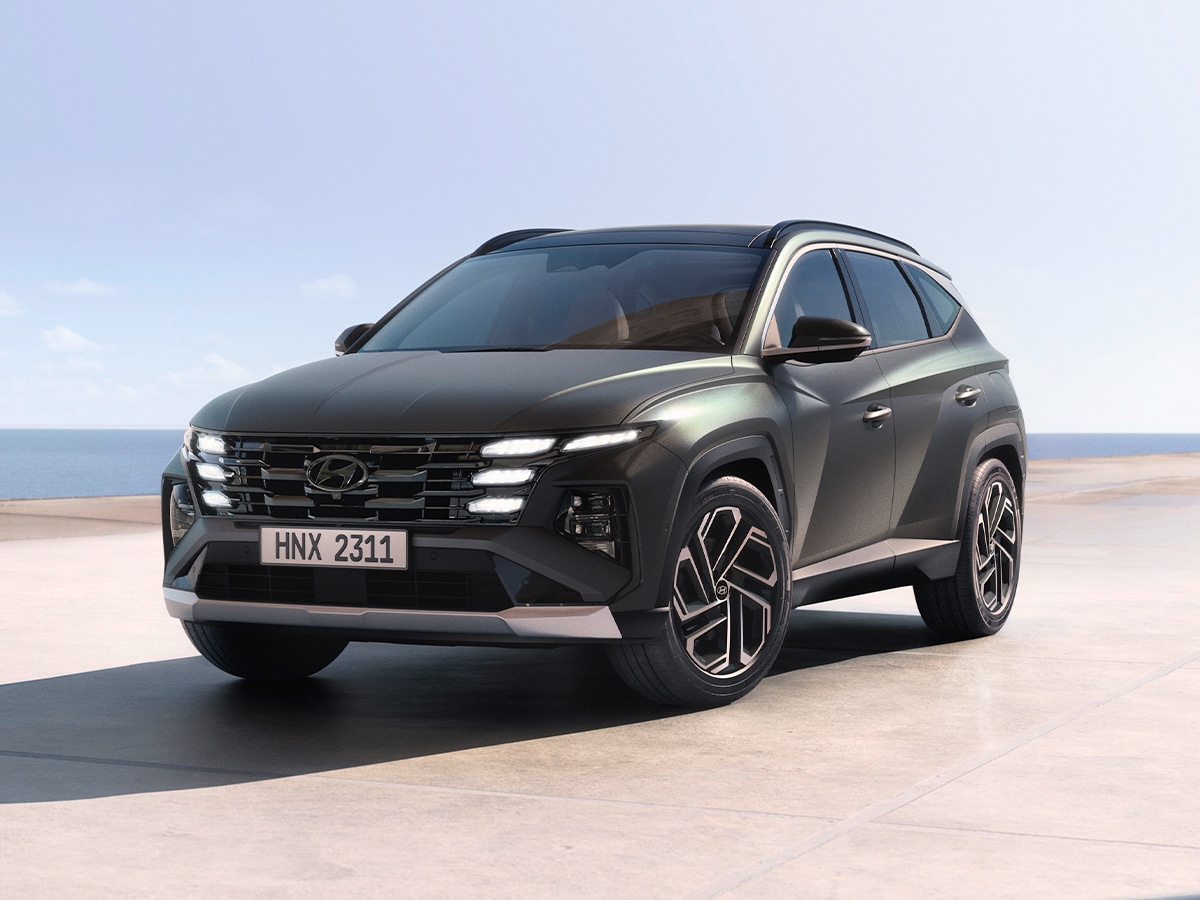
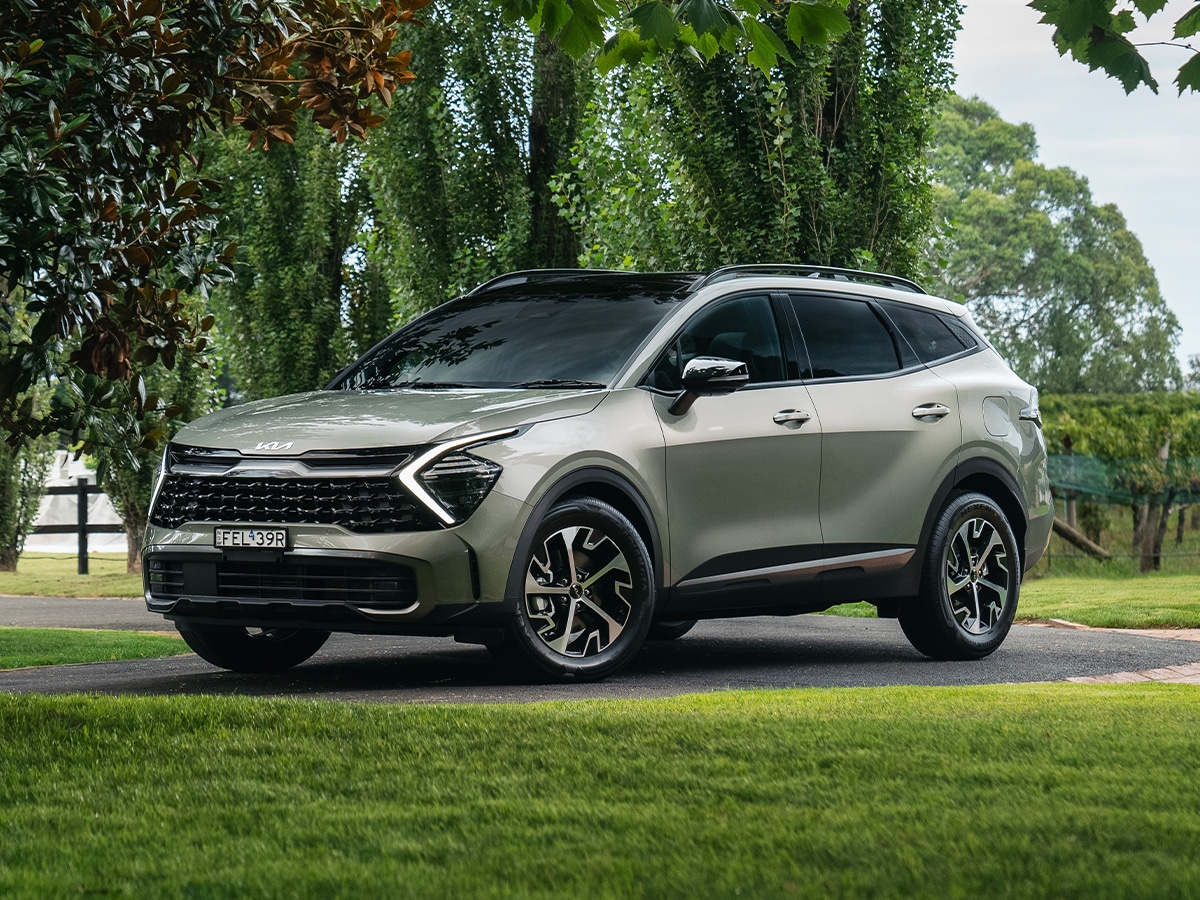
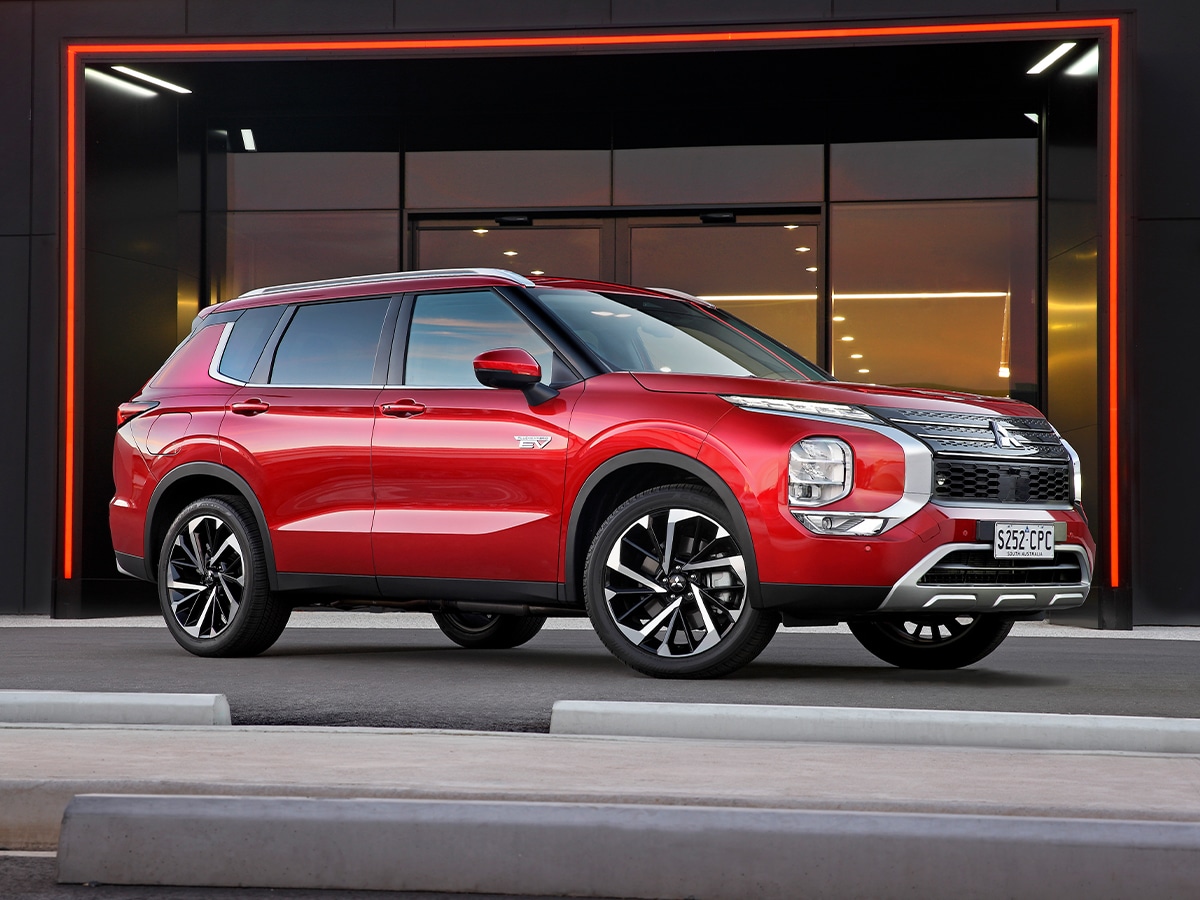
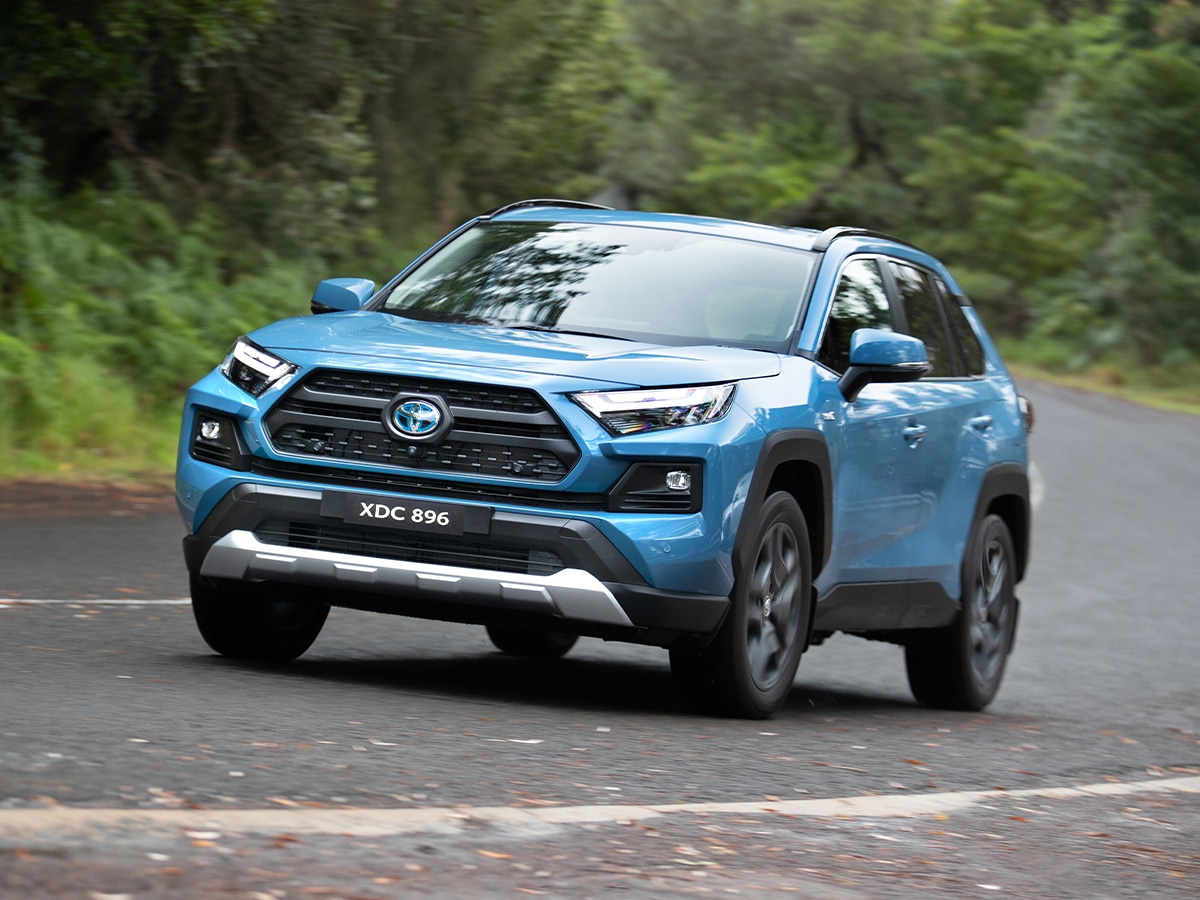
What Does the Nissan X-Trail Compete With?
The Nissan X-Trail is placed in the Medium SUV under $60,000 bracket, and that means it competes closely with the following vehicles:
- Hyundai Tucson (from AUD$39,100 plus on-roads)
- Kia Sportage (from AUD$32,995 plus on-roads)
- Mazda CX-5 (from AUD$36,740 plus on-roads)
- Mitsubishi Outlander (from AUD$37,740 plus on-roads)
- Skoda Karoq (from AUD$38,490 plus on-roads)
- Subaru Forester (from AUD$38,690 plus on-roads)
- Toyota RAV4 (from AUD$42,260 plus on-roads)
- Volkswagen Tiguan (from AUD$43,990 plus on-roads)
If the Nissan X-Trail isn’t for you, we recommend the top-selling Toyota RAV4, Mitsubishi Outlander, Hyundai Tucson, and Kia Sportage. These models are available in hybrid variants to compete closely with the popular e-POWER X-Trail. The Toyota RAV4 is Australia’s top-selling vehicle and it’s closely followed by the Hyundai Tucson and Kia Sportage which all have more traditional hybrid powertrains. Meanwhile, the Mitsubishi is a plug-in hybrid (PHEV) vehicle that can drive at highway speeds on the battery alone for up to 84km.
There’s also the Mazda CX-5 if hybrid power isn’t on your shopping list, but it’s nearing the end of its life in its current form.
Some buyers will also consider the BYD Sealion 6 (from AUD$42,990 plus on-roads) because of its trick plug-in hybrid powertrain, the Chery Tiggo 7 Pro (from AUD$27,990 plus on-roads) because of its value-for-money proposition, and the GWM Haval H6 (from AUD$32,790 plus on-roads) because of its list of standard features. However, the vehicles we’ve listed above would be our picks of the bunch. Cars like the Honda CR-V (from AUD$41,900 plus on-roads).
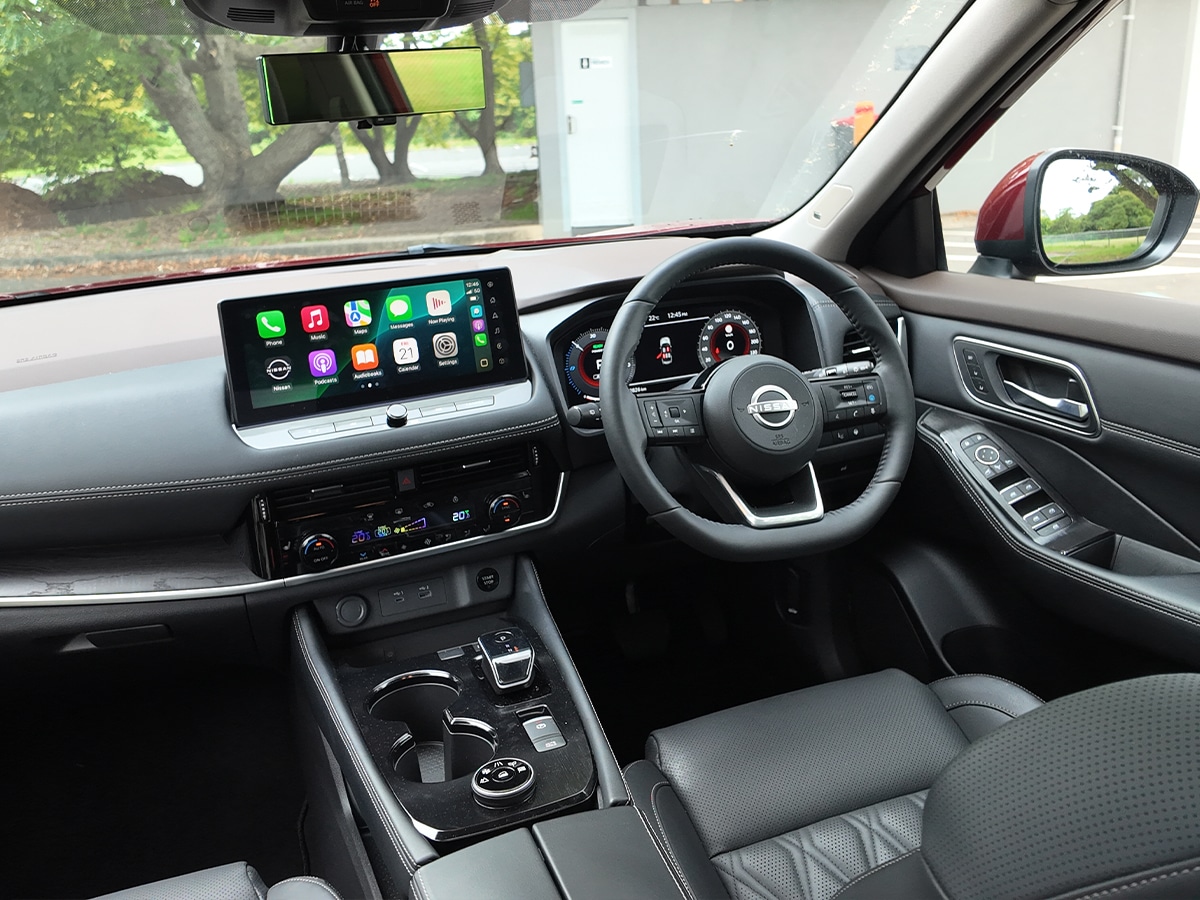
What’s the Nissan X-Trail Like on the Inside?
The Nissan X-Trail has benefitted from a host of tech upgrades inside the cabin for MY25, including a wireless charger, wireless Apple Carplay and Android Auto, 12.3-inch infotainment, and satellite navigation added to the mid-range ST-L variant. This update essentially brings some of the features from the higher-end models to the middle of the range, increasing value.
Meanwhile, the top-of-the-range Ti-L model that we tested for this review continues to provide a surprising amount of luxury for a car at this price point with features like a heated steering wheel, memory mirrors, heated rear seats, quilted Nappa leather seats, ambient lighting, and premium 10-speaker Bose sound system to the cabin alongside the panoramic sunroof already offered on the Ti model grade.
What I’m trying to say is that there’s a lot of kit inside the cabin of the Nissan X-Trail and it all feels very well put together with no inherent creaks, groans, or moans experienced during my week-long test.
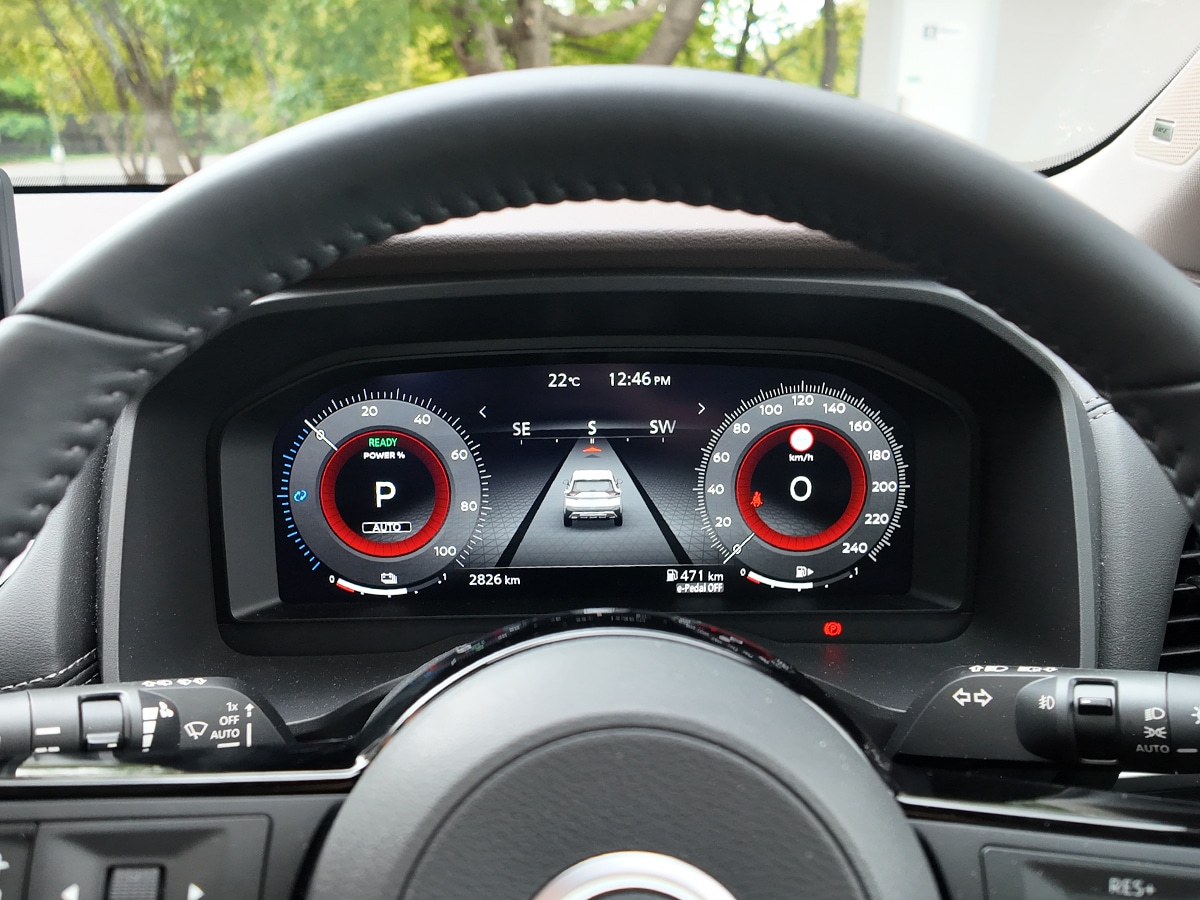
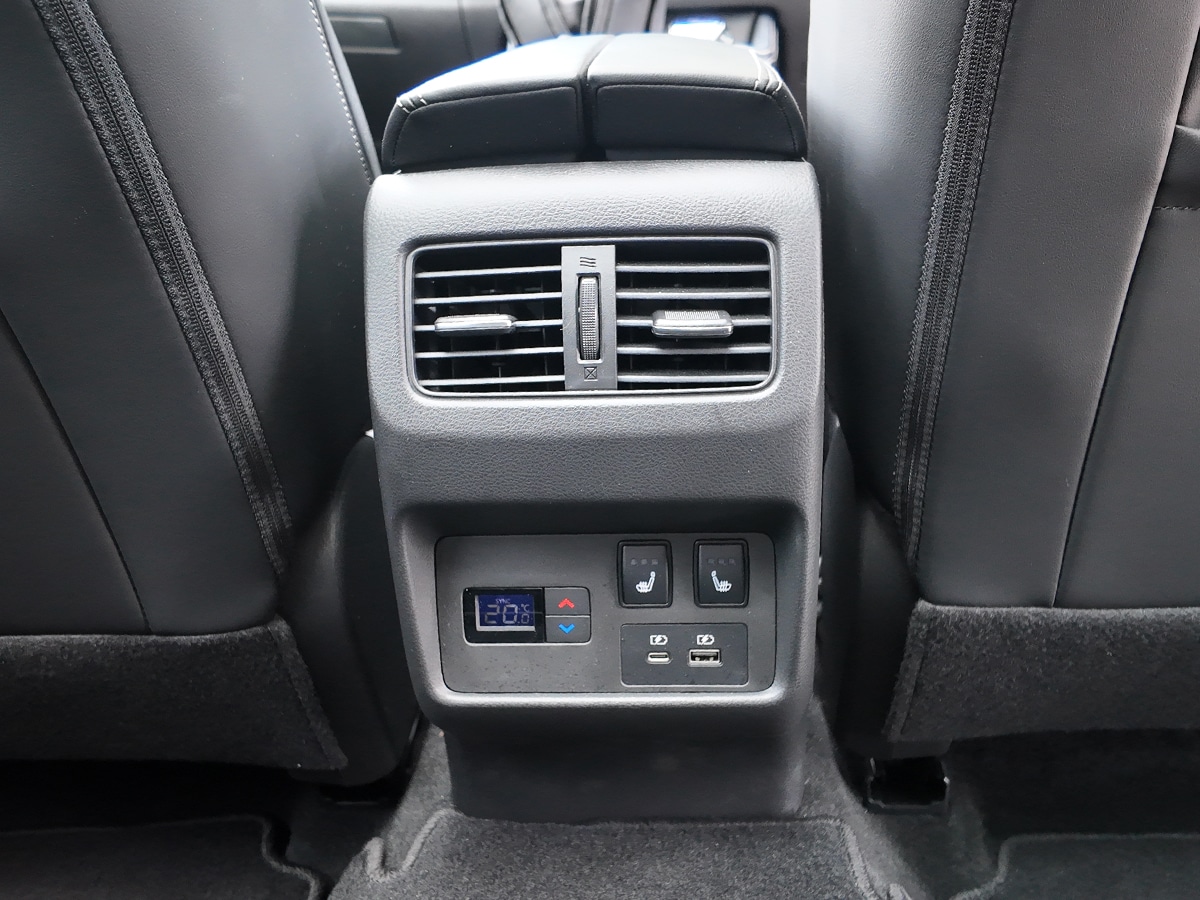
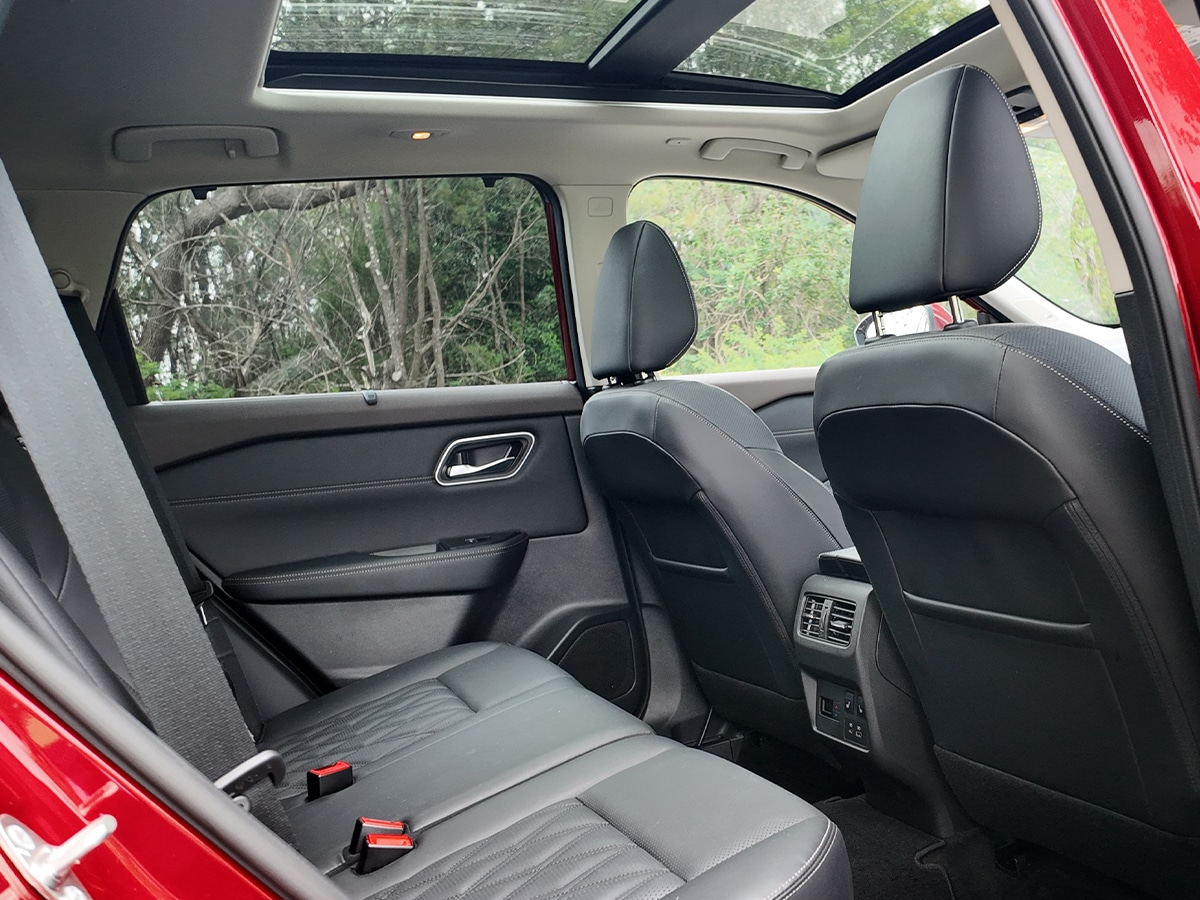
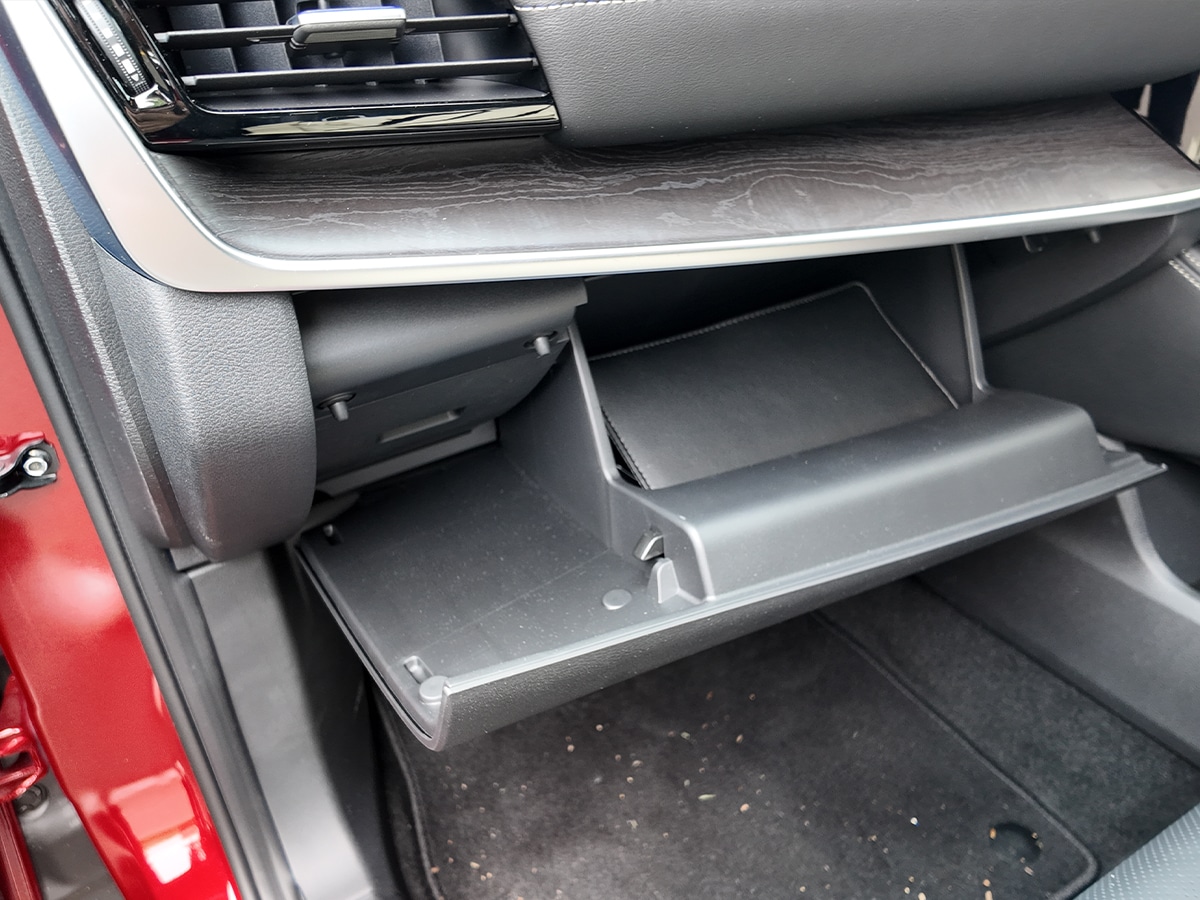
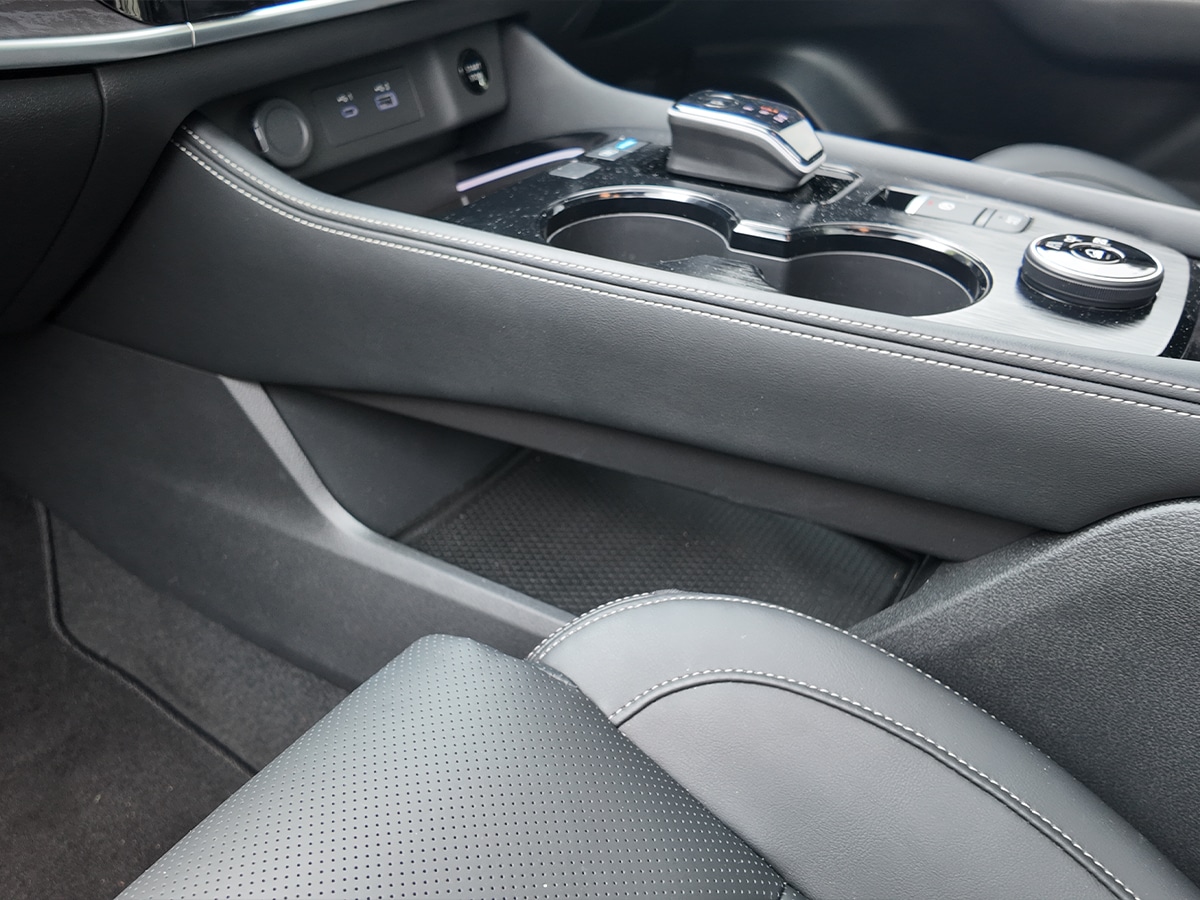
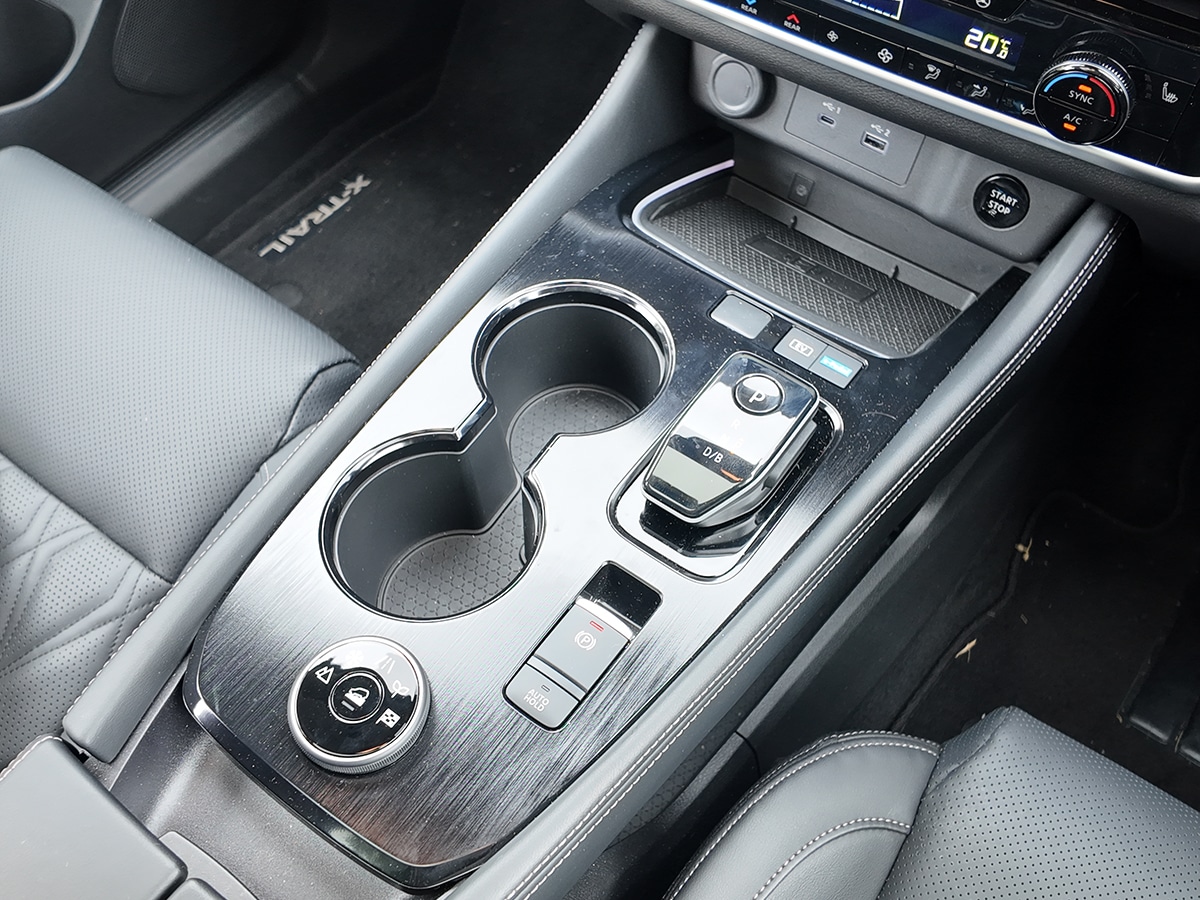
The 8-way power-adjustable seats with memory and heating found in the Ti-L model were comfortable and provided plenty of support. Meanwhile, the driving position and reach to key controls are well thought out and easily accessible, as are the wireless charging tray and clever storage bin under the large cupholders on the centre console.
Second-row space is ample with 892mm of space claimed by Nissan, which was plenty for my 6-foot tall frame.
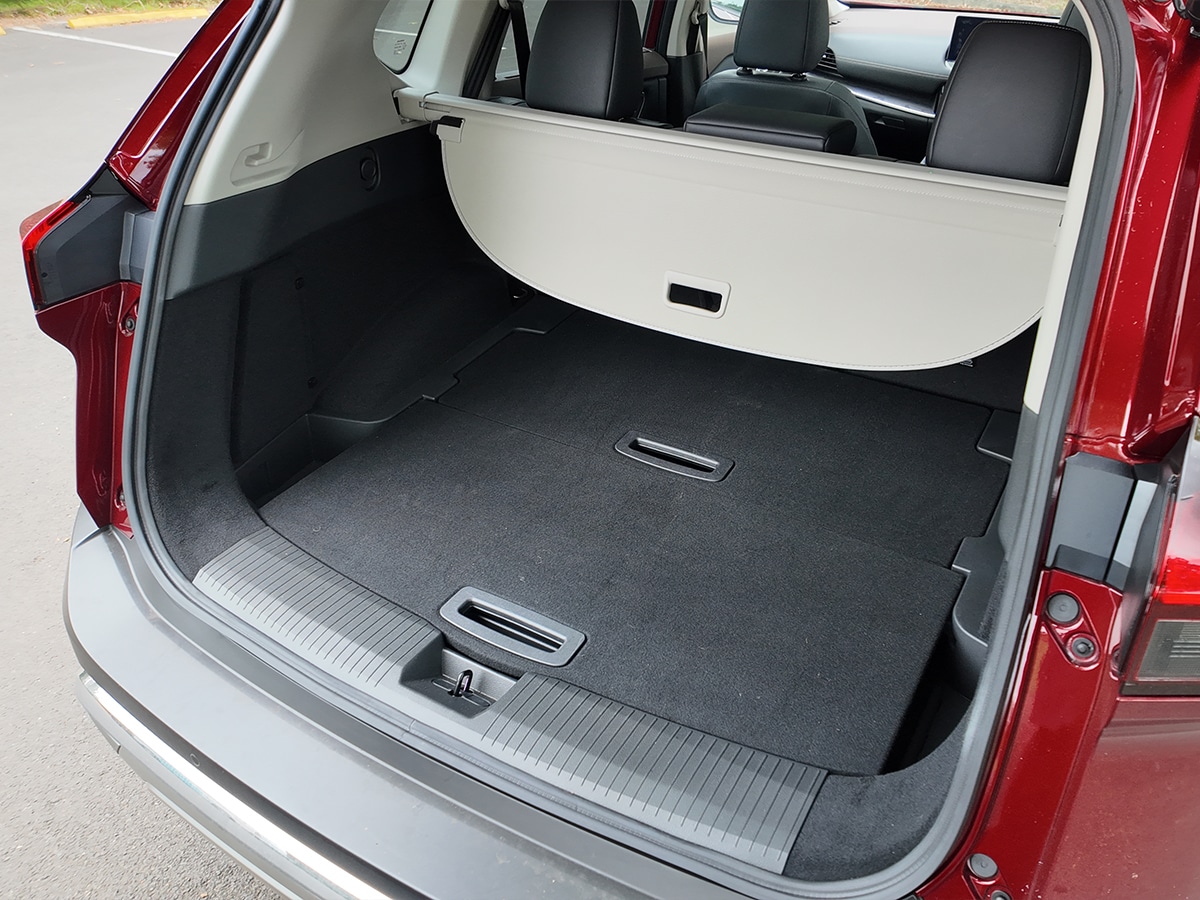
Nissan claims 585 litres of boot capacity for the standard X-Trail and 575 litres for the e-POWER. That’s more than enough space to fit multiple checked and carry-on suitcases. It compares well to the Toyota RAV4’s 542L boot capacity and significantly more than the 7-seat Outlander’s 478 litres with the third row folded.
You’ll also notice the clever Divide-N-Hide system that separates compartments in the boot to fit groceries and smaller items. Overall, it’s a spacious, tech-filled, and comfortable place to spend a few hours.
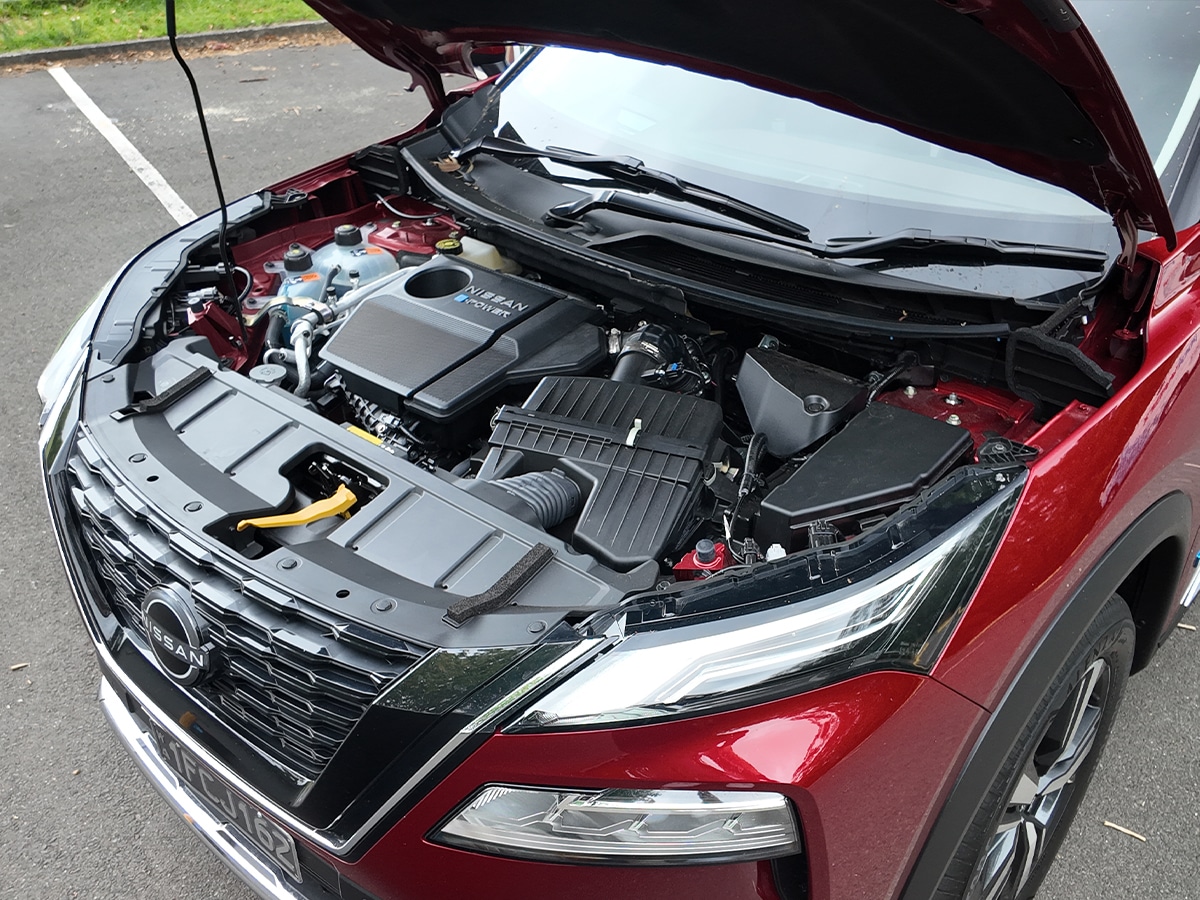
What Powers the Nissan X-Trail?
There are two powertrain options for the 2025 Nissan X-Trail:
- 2.5-litre four-cylinder naturally aspirated petrol engine: 135kW/244Nm
- 1.5-litre three-cylinder turbocharged petrol engine with dual electric motors (e-POWER): 157kW
We tested the more powerful Nissan X-Trail e-POWER with e-4ORCE technology that combines a 1.5-litre three-cylinder turbocharged petrol engine with dual electric motors on the front and rear axle to send 157kW of power to the wheels. Nissan doesn’t provide a combined torque figure but we can tell you that the front motor produces 150kW/330Nm and the rear produces 100kW/195Nm.
That’s not a small amount of power and torque, and it’s no surprise that the X-Trail e-POWER with e-4ORCE can accelerate from 0-100km/h in 7.0 seconds.
The e-POWER with e-4ORCE technology powertrain is unique because there is no mechanical connection between the 105kW/250Nm petrol engine and the wheels. Instead, the engine is connected to an inverter that charges a 2.1kWh lithium battery (1.8kWh usable) to power the electric motors at each axle. This system adds about 250kg of weight over the standard 2.5-litre petrol 4WD X-Trail, but it is more efficient with a claimed 6.1 litres per 100km combined fuel consumption figure and 139g/km of emissions.
Still, the e-POWER system isn’t necessarily more fuel efficient than a traditional hybrid found in cars like the Toyota RAV4 which claims a combined fuel consumption figure of 4.8 litres per 100km. I’ll speak about it more in the driving portion of this review. However, the main advantage of e-POWER is driveability more than cost-saving.
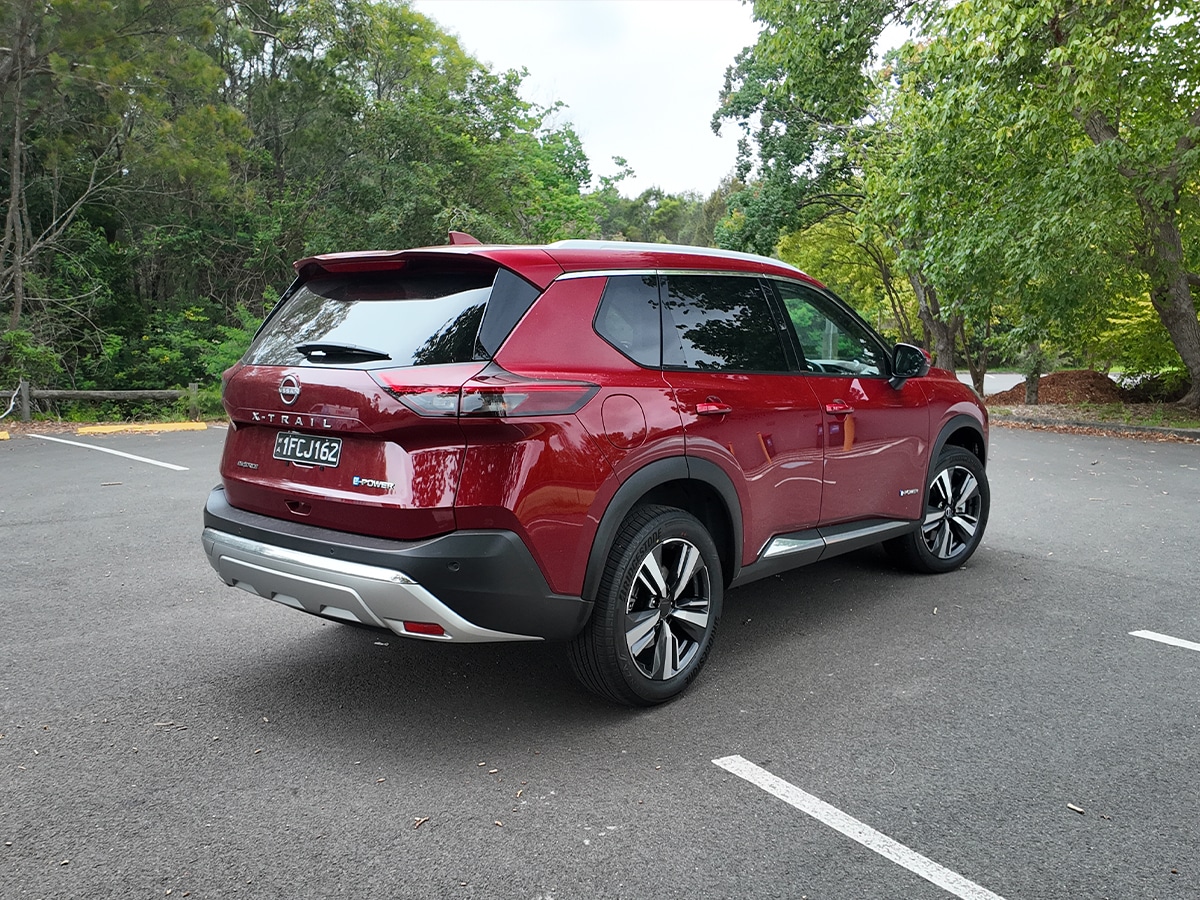
How Does the Nissan X-Trail Drive?
Here’s some important information about the weight and overall size of the Nissan X-Trail e-POWER Ti-L we’ve been driving for this review:
- Exterior Dimensions:
- Overall length: 4,680 mm
- Overall width (including mirrors): 2,065 mm
- Overall height (unladen): 1,725 mm
- Wheelbase: 2,705 mm
- Track width (front/rear): 1,575 mm / 1,580 mm
- Ground clearance (unladen, between axles): 187 mm
- Turning circle (curb-to-curb): 11.1 m
- Weight & Towing Capacity:
- Gross Vehicle Mass (GVM): 2,380 kg
- Kerb weight: 1,911 kg
- Maximum braked towing capacity: 1,650 kg
- Maximum unbraked towing capacity: 750 kg
- Maximum roof load: 100 kg
Before I tell you about the suspension, steering, and all of that good stuff, I want to take a second to mention the weight (1,911 kg), width (2,065 mm), and length (4,680 mm) of the X-Trail because, despite it being very spacious inside on the inside, it’s not a behemoth.
Recently, manufacturers have decided that every car should weigh over 2 tonnes and be 5 metres long and I’m pleased to see that X-Trail hasn’t joined the party. It’s easy to manoeuvre on Sydney streets, and you begin to appreciate this when you drive it on your local commute, school drop-off, and into carparks to do the grocery shopping.
I regularly let out a sigh of relief that I was not behind the wheel of a giant electric SUV on roads designed to accommodate cars built in the 1960s.
Most of my time driving the X-Trail was spent doing the sorts of driving that most owners would, including a daily commute to the Sydney CBD and my weekend grocery shop and cafe hangout.
While it’s not as efficient as traditional hybrids on paper (6.1-6.8 litres per 100km combined during my week), the e-POWER system excels when instant power and smoothness are top priorities, and that’s pretty much all the time. You’ll love this system every time you have to bring the car up to speed because of its smoothness, but even more so from intersections where there’s no mechanical clunking from gearboxes or laggy small-displacement turbo-engine issues to worry about when merging.
I’ve long believed that EVs, while not a solution for everyone, are a vastly superior way to get about the place for most drivers. Take the average petrol commuter car that is already as boring, make it electric, and it will be transformed from an underpowered, unrefined vehicle to a quicker, smoother, and all-around better vehicle. Funnily enough, that’s exactly what the e-POWER system does, and unlike an EV, you never have to worry about charging it when you want to go on longer journeys. Heck, there’s even an e-Pedal Step for one-pedal driving.
So what’s the drawback? Power from the electric motors starts to taper off at higher speeds as they begin to run out of puff, and the acceleration above 100km/h does leave a little bit to be desired. However, it’s no worse than the traditional hybrid competition.
Suspension is well-sorted and amongst the best of the vehicles I’ve tested in this class (even with the optional 20-inch wheels), but the chassis tends to shudder over bumps where a stiffer EV wouldn’t due to the rigidity provided by the battery pack. Meanwhile, steering is rather numb, but it’s easy to turn and manoeuvre the vehicle because of its overly assisted nature. It doesn’t inspire you to take advantage of the torque-vectoring electric AWD system underneath, but I’m not sure buyers would ever realise it’s there anyway.
You’ll probably never use the five drive modes (auto, eco, sport, snow, off-road) but it’s nice to know that there’s a dedicated off-road mode with hill descent control for the one time you take the kids camping off the beaten path.
On the highway, the ProPILOT+ semi-autonomous driver assistance systems work exactly as advertised. You’ll also notice a quiet cabin with no inherent wind noise creeping through the A-pillar and around town, it’s very EV-like with a quiet and well-insulated cacoon. You can press a button to force the e-POWER into ‘EV mode’ but that’s only useful on the rare occasion that you travel to your next-door neighbours by car e.g. it worked for at best 1km during my testing.
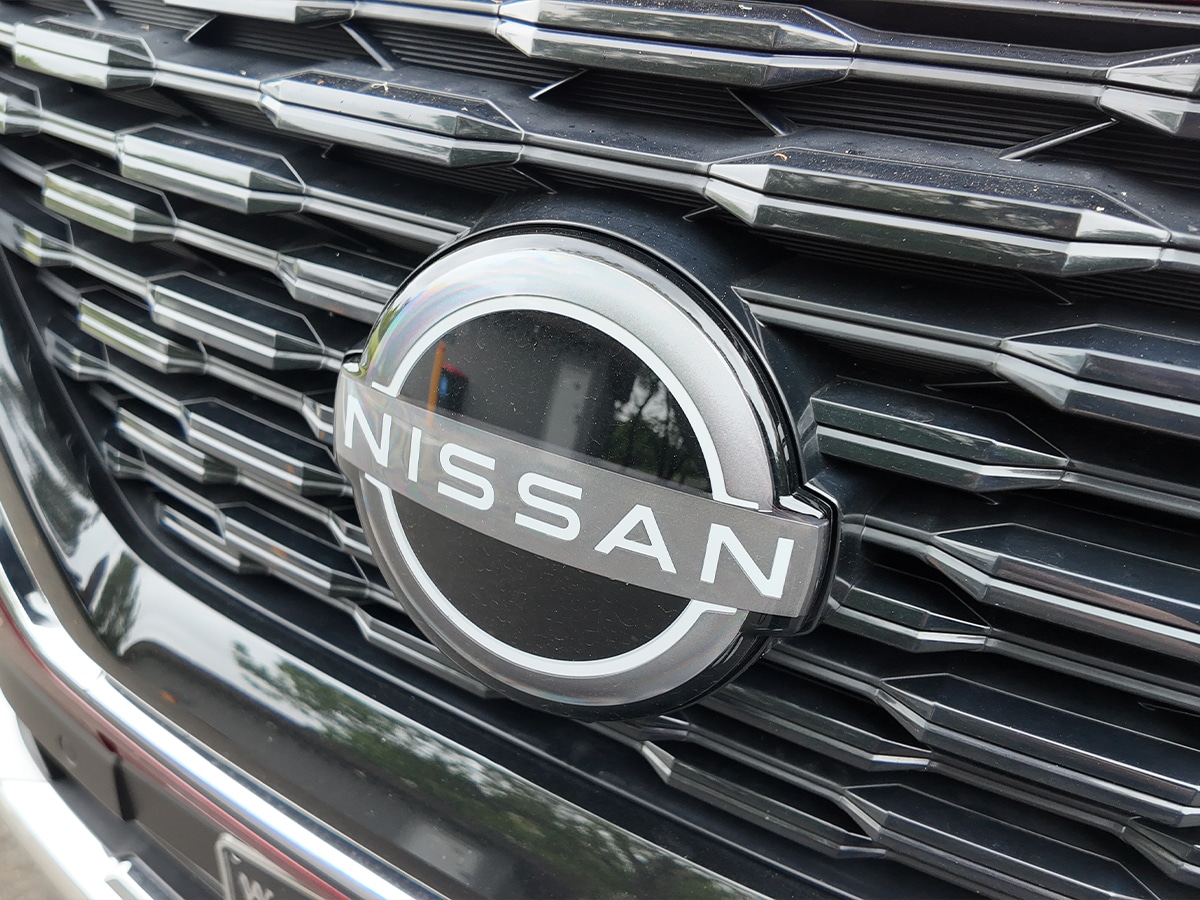
How Safe is the Nissan X-Trail?
The Nissan X-Trail received a 5-star ANCAP safety rating in 2022.
Looking at the results from the test here’s how the X-Trail scored:
- 91 per cent for adult occupant protection
- 90 per cent for child occupant protection
- 74 per cent for vulnerable road user
- 97 per cent for safety assist
Here’s a list of standard safety features available on all models (ST, ST-L, Ti, Ti-L, e-POWER variants):
- Collision Avoidance and Braking:
- Intelligent Forward Collision Warning
- Intelligent Emergency Braking with Junction Assist & Pedestrian/Cyclist Detection
- Intelligent Rear Automatic Braking
- Driver Assistance and Monitoring:
- Intelligent Driver Alert
- Traffic Sign Recognition
- Speed Limiter
- Parking and Maneuvering Assistance:
- Rear View Camera
- Rear Parking Sensors
- Lane and Blind Spot Safety:
- Lane Departure Warning
- Intelligent Lane Intervention
- Blind Spot Warning
- Intelligent Blind Spot Intervention
- Rear Cross Traffic Alert
- Stability and Traction Control:
- Vehicle Dynamic Control (VDC) with Traction Control System (TCS)
- Trailer Sway Control
- Braking and Suspension:
- Anti-Lock Braking System (ABS)
- Electronic Brake Force Distribution
- Brake Assist
- Electronic Parking Brake
- Hill Start Assist
- Airbags:
- Front Seat Airbags (Driver & Passenger)
- Side Airbags (Driver & Passenger)
- Front Row Far-Side Airbag (Centre)
- Side Curtain Airbags (Driver & Passenger Side)
- Additional Safety Features on Higher Models:
- ST-L and Above:
- Front Parking Sensors
- Intelligent Around View® Monitor with Moving Object Detection
- ProPILOT+ (Driver Assist System)
- Tyre Pressure Monitoring System
- Ti and Above:
- Intelligent Rear View Mirror
- Adaptive Driving Beam Headlights
- ST-L and Above:
Man of Many’s Verdict on the Nissan X-Trail?
New cars in Australia have become increasingly expensive but the Nissan X-Trail has remained a reasonably priced alternative to cars like the Volkswagen Tiguan despite now being filled with premium Nappa leathers, large infotainment screens, and enough storage for longer journeys with your family.
Similarly, it’s become a key competitor to the Toyota RAV4, Hyundai Tucson, Kia Sportage, and Mitsubishi Outlander PHEV by offering a unique e-POWER powertrain that gives you all the driveability benefits of an electric vehicle without the drawbacks of charging. Whether or not you consider this e-POWER system a key benefit in your car buying criteria will come down to personal preference. However, I would happily give up a little fuel economy for the driveability benefits that come with a purely electric powertrain.
The Nissan X-Trail is the top-selling model in the brand’s line-up and remained one of the most popular vehicles in the SUV Medium < $60K category last year with a total of 17,494 sales. After spending a week with the car, it’s not hard to see why.



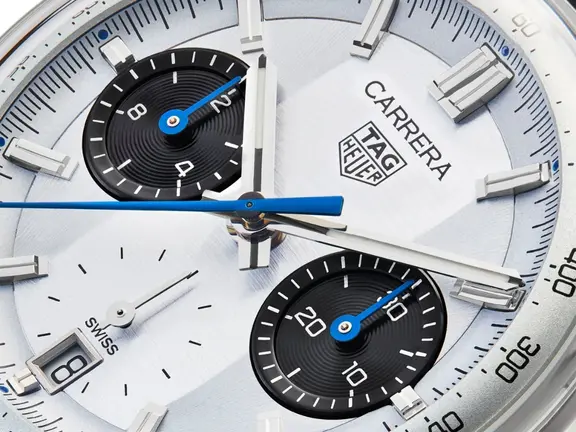
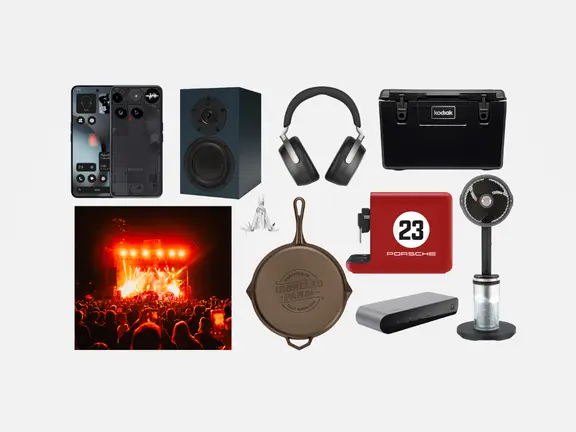
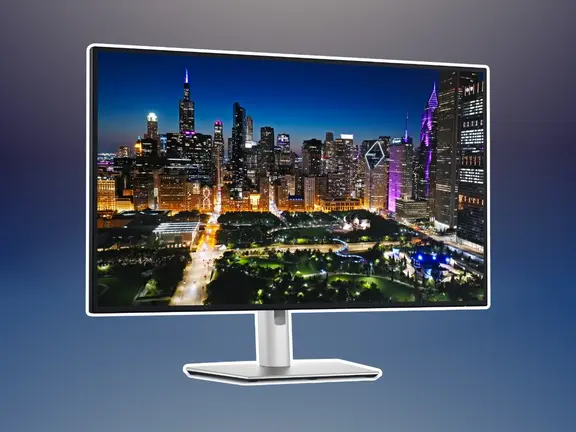










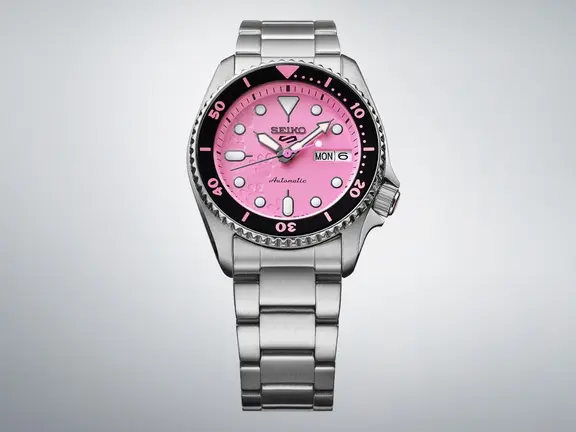



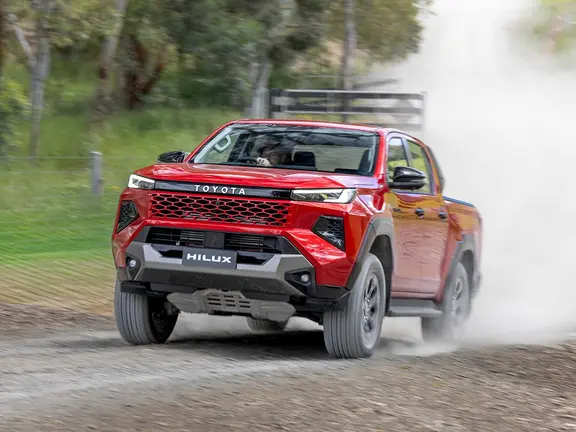

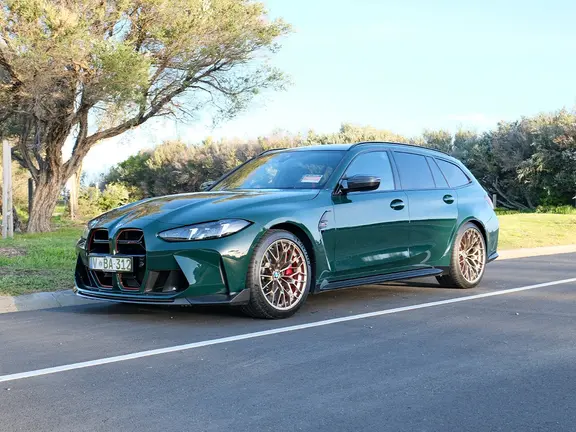




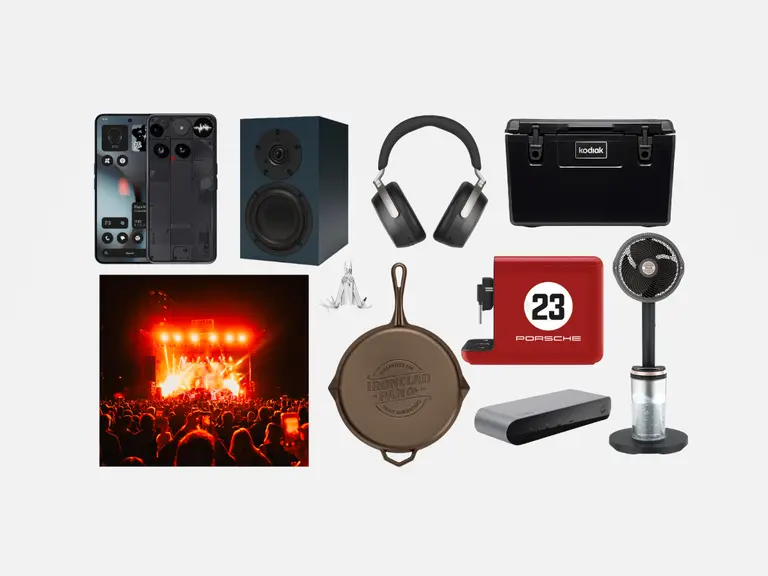


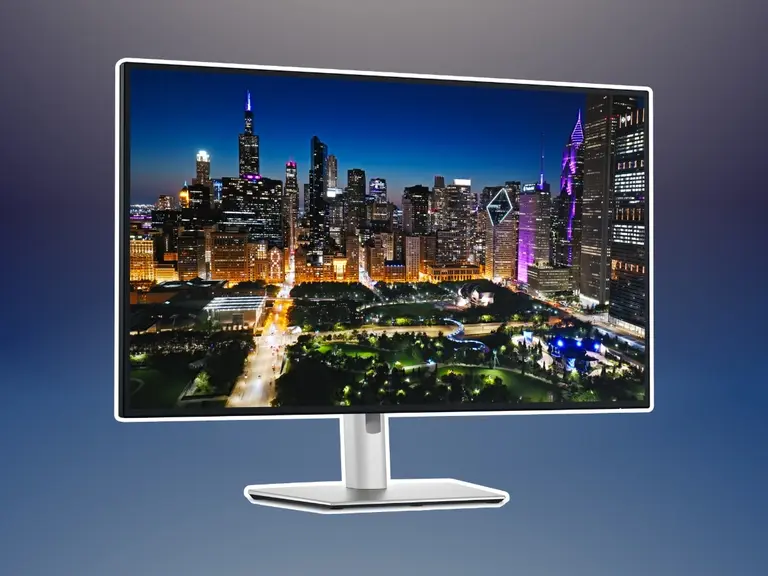
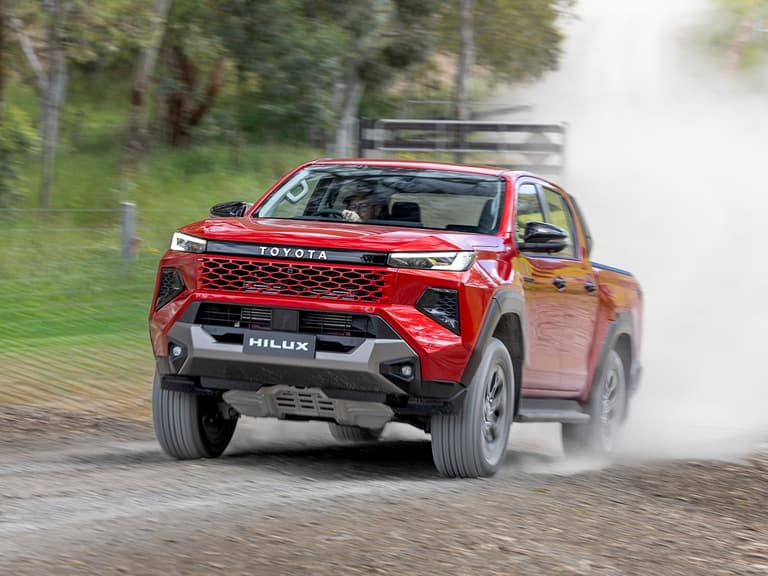


Comments
We love hearing from you. or to leave a comment.